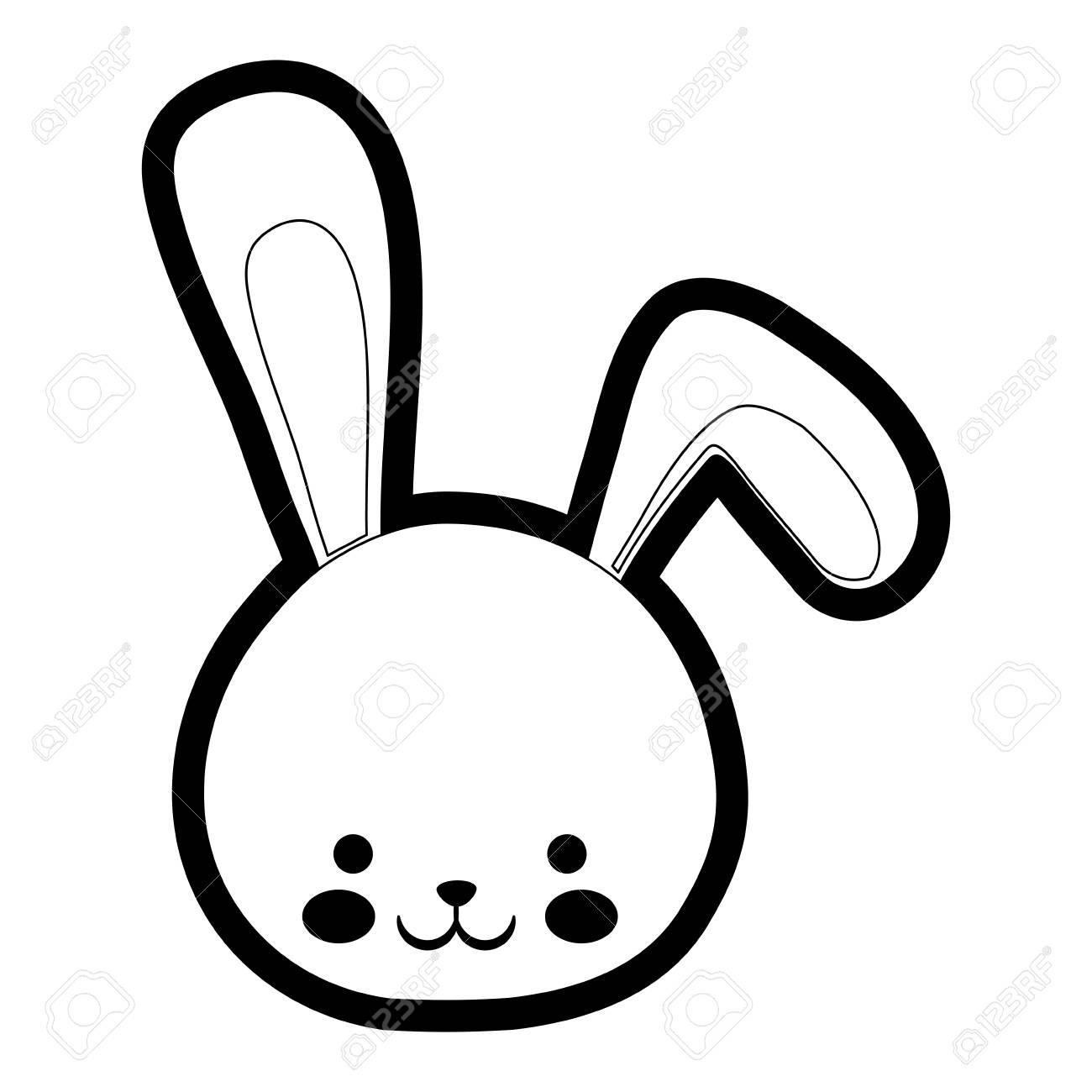

If the distance between two objects is long, Ink/Stitch will add a jump-stitch between them automatically. Ink/Stitch will stitch objects in exactly the order they appear in your SVG document, from lowest to highest in stacking order. Additionally you can make use of the Ink/Stitch sorting function. Optimize your order to minimize color changes and reduce or hide jump-stitches. This is where the Inkscapes Objects tool ( Objects > Objects. Once you’ve created all vectors, it’s time to put everything in the right order. Each stitch will distort the fabric, and you’ll need to take this into account and compensate accordingly. The order of stitching also affects how the fabric pulls and pushes. Also try to avoid stitching over jump stitches when possible, because it’s a total pain to trim them by hand when you do. When you’re designing for embroidery machines that can’t cut the thread mid-sew or switch colors automatically, you’re going to want to optimize your stitch path to reduce or hide jump stitches and make minimal color changes. Step 3: Plan Stitch Order & Attach Commands Stitch Order If Inkscape is starting to become sluggish (due to an Inkscape memory leak), restart it before continuing. Once you are satisfied with the result, click Apply and close to save the values into your SVG-file.Īt this point, save your SVG file. Each time you change parameter values, you’ll be able to see the simulated result in a preview window. You find a description for each parameter in the Params section of this documentation. Set parameters using Extensions > Ink/Stitch > Params. Two combined strokes (with optional rungs)įill stitch, guided fill, contour fill, meander fill, circular fill
Inkscape embroidery digitizing manual#
Running stitch, manual stitch, zig-zag stitch, bean stitch
Inkscape embroidery digitizing how to#
Have a look at this table and follow the links to understand how to create a specific stitch type: Path Object Depending on which stitch type you are willing to use, you have to set the fill color, or stroke parameters with Object > Fill and Stroke. Any layer, group, or vector shape that is set invisible will be ignored by Ink/Stitch. This will make the first layer invisible.

Right click on the layer (if you didn’t rename the layer it will be called Layer 1).You can save the original image by duplicating the layer: In the object panel (open with Ctrl Shift O) you can manage layers, groups and objects. We recommend to make heavy use of layers and groups at this point. The next thing to do is to convert your vectors into the kind that Ink/Stitch understands. Ink/Stitch offers ready to use fonts which can be inserted into your document through Extensions > Ink/Stitch > Lettering Step 2: Convert to Embroidery Vectors & ParametrizeĪt this point, you’ll have a vector graphic representation of your image. Cursive/script fonts can work well, but it’s not going to be as easy as you think. For text smaller than 4mm tall, you’ll have a very difficult time making lowercase letters look good, so consider block-caps. It’s quite hard to make satin look good when it’s 1mm wide or narrower. Tip: Working with an existing SVG image can save a ton of time, so consider using your search engine with image search filter set to SVG. This tool creates paths with a lot of Beziér nodes, so again, simplify the curves as much as possible. When the image is needed to be traced by hand, use the freehand drawing tool. Therefore it is advisable to cleanup your document with Extensions > Ink/Stitch > Troubleshoot > Cleanup document. Often the tracing function will produce very little objekts which are impossible to embroider. The goal is to use as few Bezier curves as reasonably possible to represent the image. with GIMP).Īfter tracing, clean up the vector shapes, using Path > Simplify ( Ctrl+L) and deleting nodes by hand when possible.

Some graphics are amenable to Inkscape’s auto-tracing feature ( Path > Trace Bitmap or Shift+Alt+B), especially if you simplify the image in a graphic editor first (e.g. When basing a design off an existing picture or graphic, load it into Inkscape in its own layer. The node editor tool serves to manipulate selected nodes, etc.Īdditionally you could use path effects ( Path > Path Effects.). Scale, rotate and move the whole object with the select tool. Inkscape offers various tools to create vector images. You can either paint it from scratch or use an existing image.


 0 kommentar(er)
0 kommentar(er)
